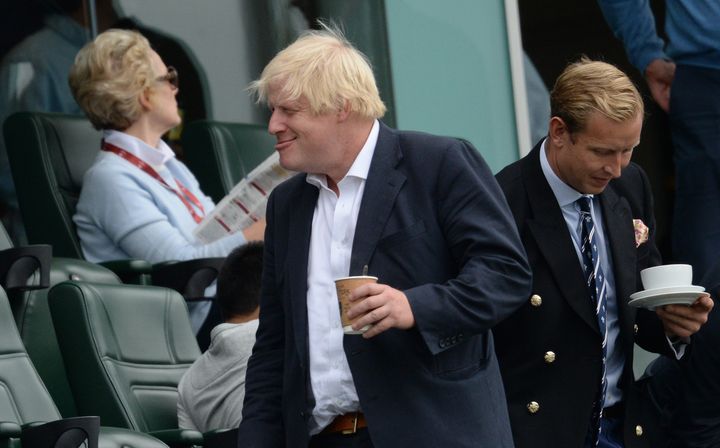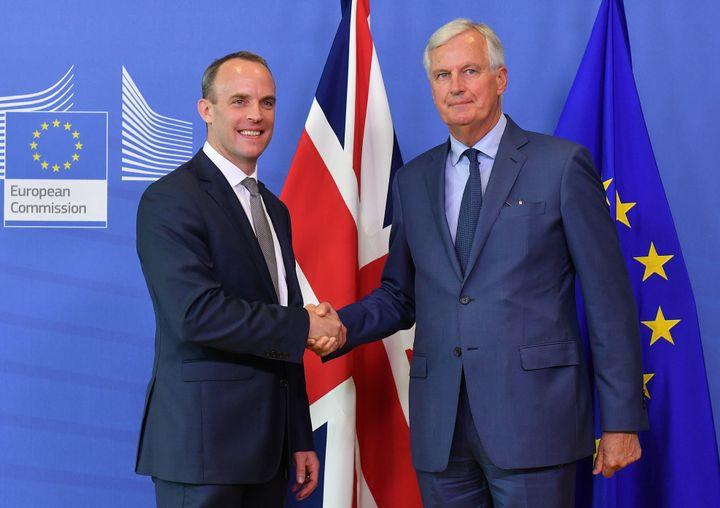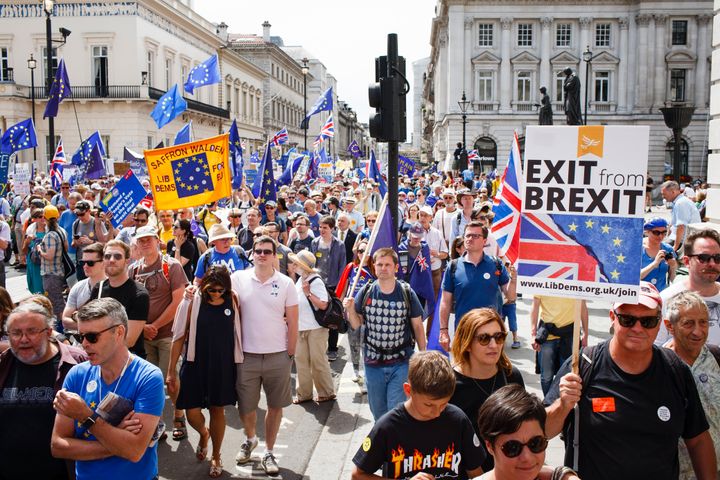In 200 days’ time, the United Kingdom will leave the European Union. The politicians have talked of little else for months, but chances are you may have lost track of what will happen between now and then.
And while lots of us may be sick of hearing the B-word, its impending significance is about to become impossible to avoid as we enter the final stages of the negotiations.
To bring you up to speed, here are some of the key dates Theresa May will have marked with red pen in her diary over the next seven months – and beyond.
The Labour Party conference takes place in Liverpool from September 23 to 26. Pressure is growing on Jeremy Corbyn from members and the unions to throw his support behind a second referendum – and the debate over what the party should do is likely to dominate the gathering. A shift in position, although unlikely, would fundamentally change the terms of debate.
The following week, September 30 to October 2, the Tories will meet in Birmingham for their own party conference, amid deepening divisions over the prime minister’s Chequers proposals.
May will also have to endure the inevitable circus around Boris Johnson, as he sweeps into town and fuels expectations he will try to topple her and claim the leadership of the party – carrying out his own keynote speech to a 1,000-strong audience the day before the PM takes to the stage herself.

Against the backdrop of swirling leadership speculation, May – who says she’s going nowhere – is preparing for the October 18 to 19 summit of EU leaders in Brussels. The meeting had been penciled in as the date when the UK and EU would reach agreement on the terms of Brexit and issue a statement on what future relations would look like.
But this now looks unlikely. Dominic Raab, the Brexit secretary, has admitted reaching an agreement might “creep beyond” the summit deadline.
The European Council could have to hold an emergency meeting in November to rubber stamp a deal if one is not agreed in October. If the deadlock remains unbroken, the December 13 to 14 summit is seen as the last chance for an agreement to be reached, because it will take three months for each of the EU member countries to ratify the deal in time for the deadline in March.
And no, the European Union doesn’t budge on such important matters.

But even if she pulls that off, it is not as simple for May as reaching an agreement with Brussels. She will have to spend the New Year pushing the deal through the Commons – in what looks set to be a torturous process. Labour is highly likely to try and vote down the deal. And the PM faces opposition from both Brexiteer and Remainer backbenchers.
And if the PM can’t get her agreement through the Commons? Well, that’s all a bit up in the air. You might say making predictions about this stuff is a mug’s game, but we’ll give it a go.
One thing we do know is that outcome would fire the starting pistol on a fresh round of battles.
Labour, if it does vote down the final offer on the table, is likely to push for a general election (sorry, Brenda from Bristol). It’s not clear yet which way the opposition will jump, but shadow Brexit Secretary Kier Starmer has said it will vote down any deal which fails to meet the six tests it has set out on issues such as trade, security and workplace rights.
And pressure is mounting from unions and many of Labour’s own MPs for the leadership to back a second referendum. Jeremy Corbyn will almost certainly need to make some tough decisions of his own.
Meanwhile, hardline Brexiteers, fearless in the face of the prospect of no deal, will probably favour the UK crashing out with no agreement in place and trying its luck on World Trade Organisation terms – while trying to negotiate better deals with other countries.
A proposal to leave without a deal would need to be agreed by that December deadline we mentioned earlier, to allow enough time for everything to be agreed, and Parliament to hold any vote, ahead of March 2019.
It would probably mean the UK would leave the union immediately, with no transitional period. Opponents say this “cliff edge” approach would be a disaster, jeopardising the Good Friday Agreement in Ireland in particular, because it leaves the thorny issue of the Northern Irish border unresolved – and the Cabinet isn’t keen on the idea either.

More likely in this case is the extension of the Article 50 process – which will effectively keep Britain in the EU until an acceptable deal can be agreed – kicking the proverbial can down the road, and essentially pleasing nobody.
One thing that’s certain is the People’s Vote campaign for a second referendum will enjoy a boost in its leverage – its champions will likely argue that if MPs can’t make a decision, it should be put to voters to decide again.
Several large unions, as well as MPs from across the benches, have already come out in support of another referendum, including the GMB, TSSA and the Royal College of Nursing.
And on Sunday, as her annual congress got underway in Manchester, TUC general secretary Frances O’Grady said her members would “throw their weight behind” the campaign for a popular vote, should the final deal on offer fall short of one that protects workers’ rights and peace in Northern Ireland.
But let’s go back a few steps. Even if it doesn’t come to a second vote, and May manages to pull off a deal that goes down well in the UK Parliament, it’s not a smooth process over in Europe.
Any deal must also be backed by a “super majority” of EU leaders, representing at least 20 of the 27 remaining member states and 65% of their population. It must also be approved by a vote of the European Parliament.
At 11pm in London on March, 29, 2019 – midnight in Brussels – the UK will leave the EU.
But it will not be over. Another countdown clock will start making the time until December 31, 2020.
In this 21-month transition period the UK will continue to pay into the EU budget and follow EU rules while May tries to hammer out a free trade deal with the bloc – assuming she is still prime minister.
